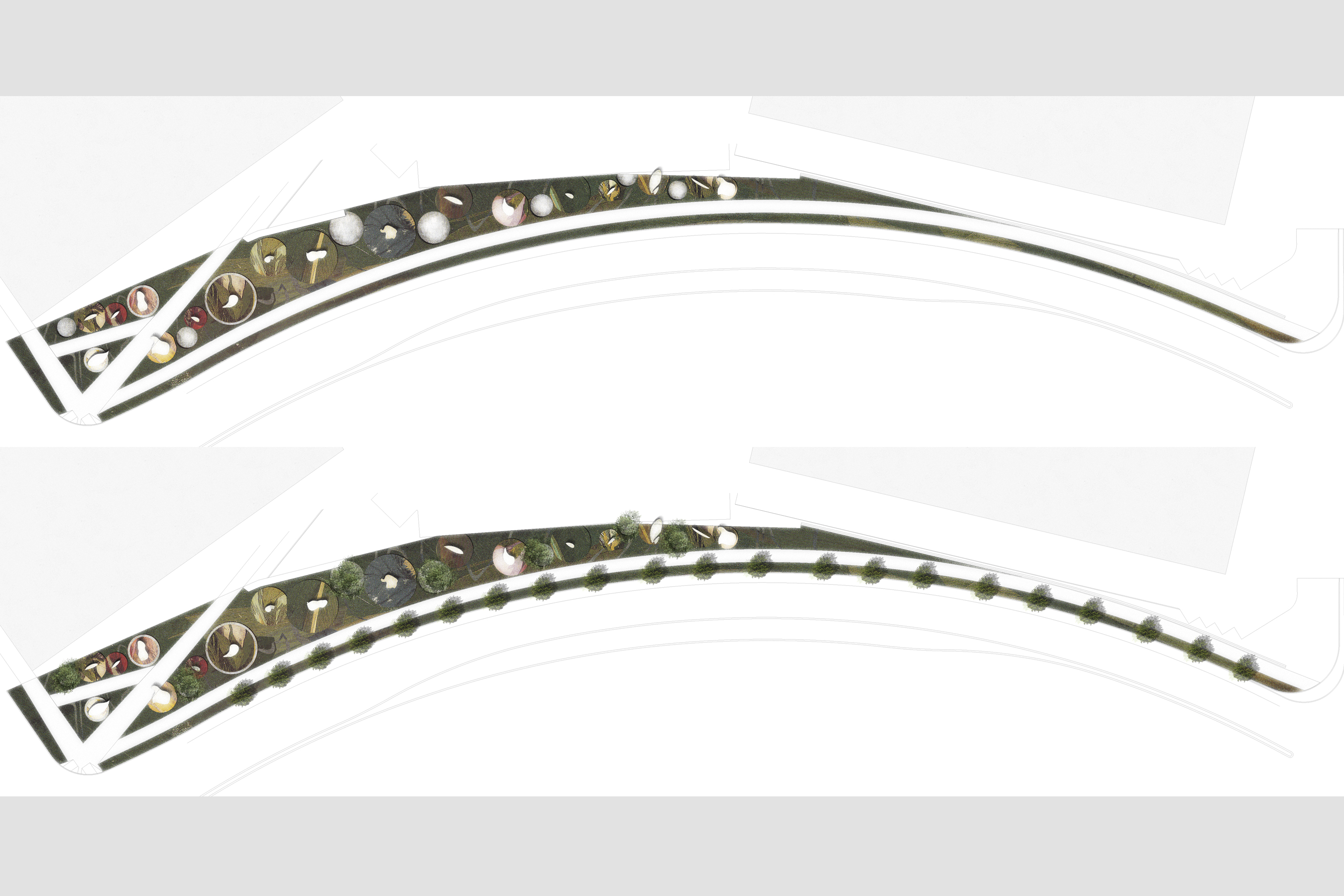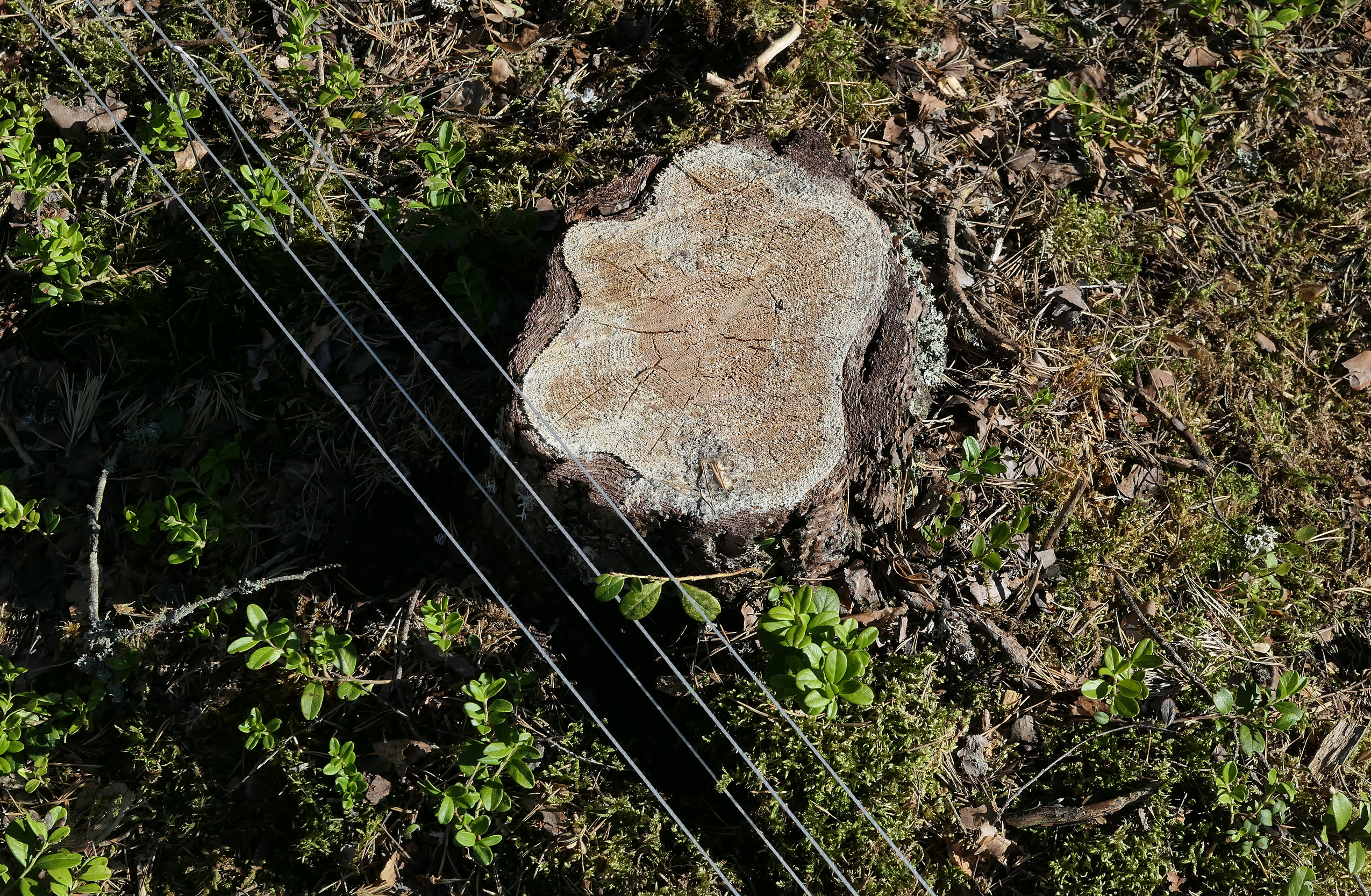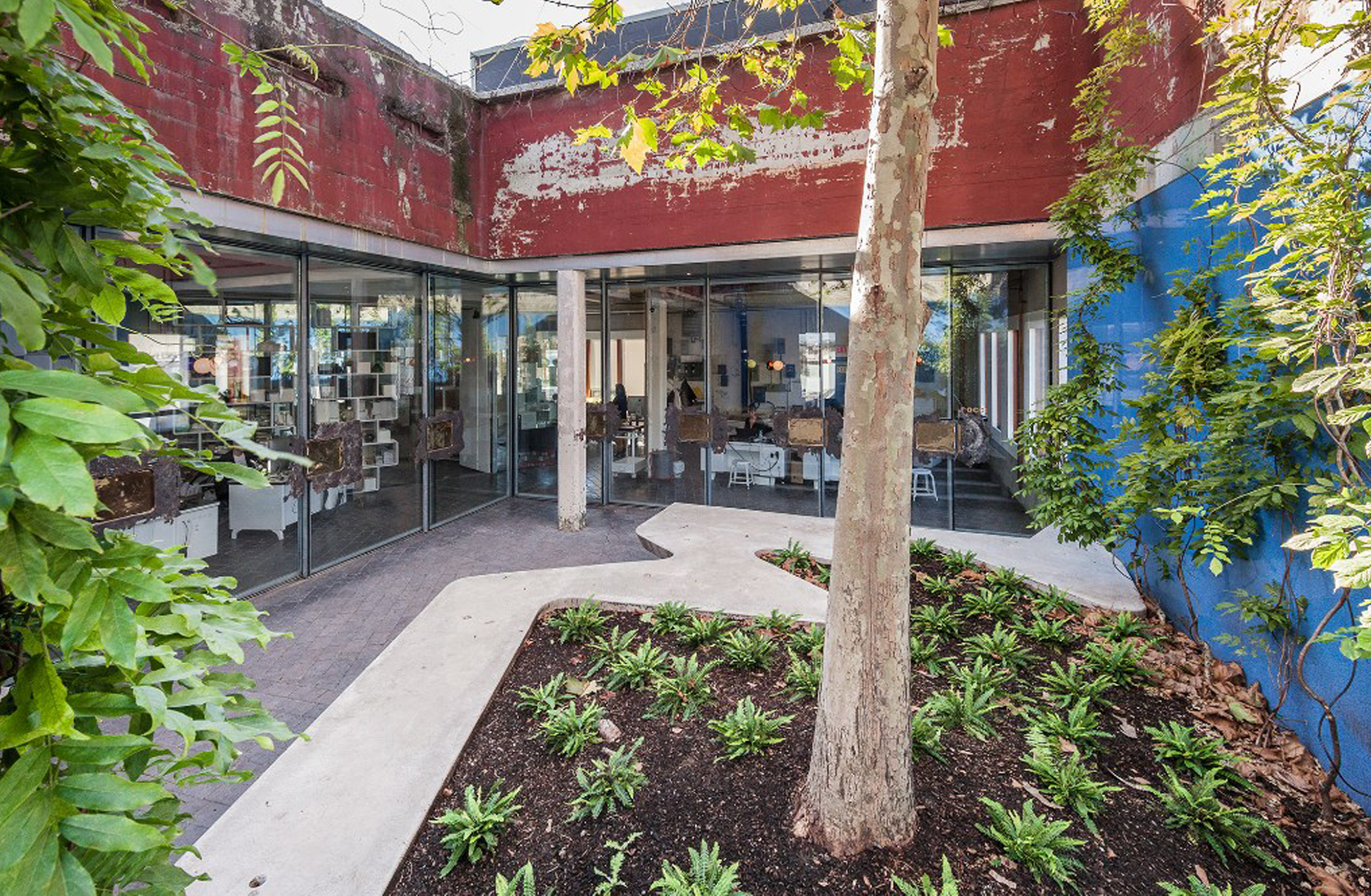
Wind Flowers「風之花」
with Mike Seymour
Location: Richmond, BC, Canada
Date: 2020
Media: Fiberglass-reinforced polyester, steel, wildflowers, grasses
Dimensions: Variable, approximately 3’ (1m) x 20’ (6m)
Commissioned by: City of Richmond
Collaborator: Mike Seymour
Horticulturalist: Jan Haenraets
Engineer: Aspect Structural Engineers
Fabrication: Mike Seymour + Alyssa Schwan, Stuart's Yacht Renovations, Kent Metal Products
Landscape Contractor: Isidore Landscapes
Installation Lead: Fraser Howatson
Photos: Janis Nicolay, Mike Seymour, Marc Treib
with Mike Seymour
Location: Richmond, BC, Canada
Date: 2020
Media: Fiberglass-reinforced polyester, steel, wildflowers, grasses
Dimensions: Variable, approximately 3’ (1m) x 20’ (6m)
Commissioned by: City of Richmond
Collaborator: Mike Seymour
Horticulturalist: Jan Haenraets
Engineer: Aspect Structural Engineers
Fabrication: Mike Seymour + Alyssa Schwan, Stuart's Yacht Renovations, Kent Metal Products
Landscape Contractor: Isidore Landscapes
Installation Lead: Fraser Howatson
Photos: Janis Nicolay, Mike Seymour, Marc Treib
The project’s design blends a soft green landscape ‘planted’ with fiberglass and steel Wind Flowers that create a visual landmark along Gilbert Road capturing the movement of the wind. The forms, material, and fabrication method evoke the city’s island location and manufacturing skills. The art work reflects the land and creates a shared story that both welcomes and unites. The work references the surrounding river delta ecosystem – an image fragile and shifting in the wind. Wind Flowers softly measure this wind that traverses the river and islands. The location of the greenway presents an opportunity to create an iconic landmark gateway – a welcome to the Ecological Network for the City of Richmond.
The collection of Wind Flowers are connected with the land, intending to be part of a diverse composition of stormwater management, trees, native flora, and habitat. They are conceived as an artwork set within the landscape rather than as elevated objects that are separated from their environment. As one approaches –by foot, by bike or by car– each Wind Flower is experienced as a distinctive work, with its own character, set within its own habitat or ‘island’.
The collection of Wind Flowers are connected with the land, intending to be part of a diverse composition of stormwater management, trees, native flora, and habitat. They are conceived as an artwork set within the landscape rather than as elevated objects that are separated from their environment. As one approaches –by foot, by bike or by car– each Wind Flower is experienced as a distinctive work, with its own character, set within its own habitat or ‘island’.






























